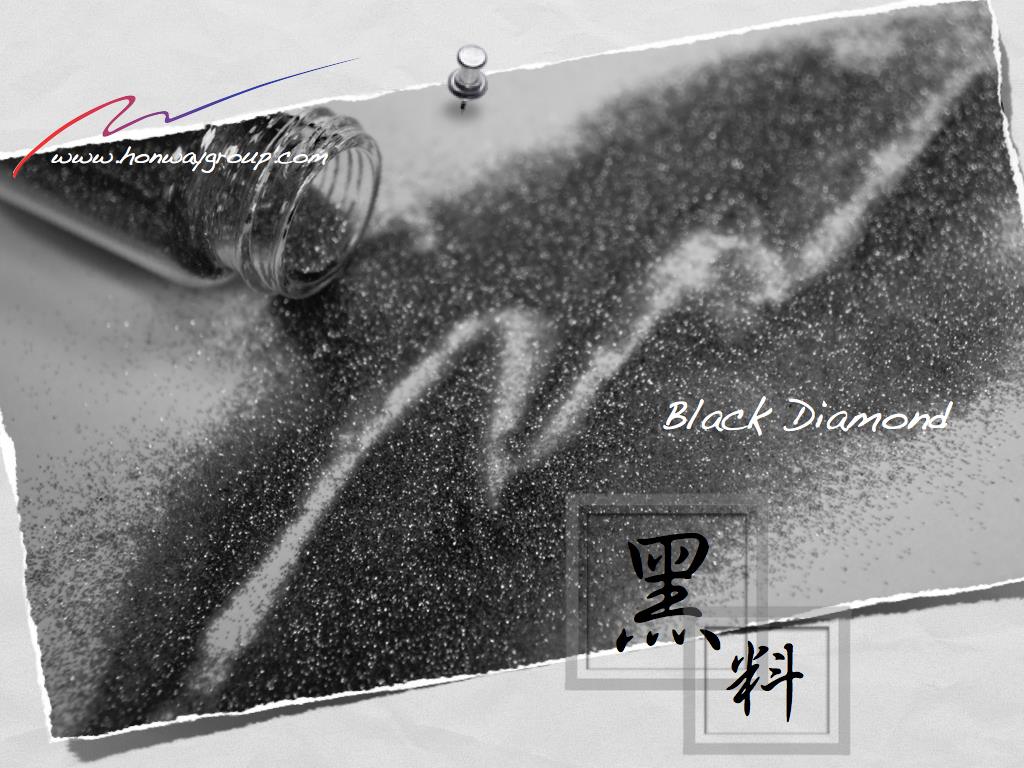Nanoparticles have several advantages as photocatalysts. First, their small particle size and large specific surface area result in high photocatalytic efficiency. Additionally, the electrons and holes generated by the nanoparticles are less likely to recombine before reaching the surface. Therefore, the more electrons and holes reach to the surface, the higher the chemical reactivity. Furthermore, nanoparticles often exhibit transparency when dispersed in a medium, making it easier to study charge transfer, proton transfer, and the effect of semiconductor energy levels and surface state densities using optical methods. Industrially, nanoparticles like titanium dioxide (TiO2) combined with iron oxide (Fe2O3) are used as photocatalysts in wastewater treatment systems containing SO32- or Cr2O72-, yielding excellent results.
The white spherical zinc titanate powder, with a particle size of about 30-60 nm prepared by the precipitation method, has a large specific surface area and high chemical activity. When used as an adsorption desulfurizer, its effectiveness is significantly improved compared to zinc titanate powder prepared by the solid-phase sintering method.
Nano-electrostatic shielding materials are another important application of nano-technology. In the past, electrostatic shielding materials were generally made of resin mixed with carbon black sprayed, but the performance was not particularly ideal. In order to improve the performance of electrostatic shielding materials, Panasonic Corporation of Japan has developed nano-coatings with good electrostatic shielding. The coating is made of nano-oxide particles with semiconductor properties, such as Fe2O3, TiO2, ZnO, etc., which can play a role in electrostatic shielding due to its high conductivity. In addition, oxide nanoparticles have various colors, so the color of the electrostatic shielding coating can be controlled by lamination. This nano electrostatic shielding coating not only has good electrostatic shielding properties, but also overcomes the monotony of carbon black electrostatic shielding coating that has only a single color.
Additionally, incorporating nano TiO2 powder into cosmetics at a certain proportion can effectively block ultraviolet (UV) rays. It is generally believed that a concentration of 0.5% to 1% nano titanium dioxide in the formulation is sufficient for adequate UV shielding. Currently, some cosmetics containing nano TiO2 have already been launched in countries like Japan. UV radiation not only causes meat products to undergo oxidation and discoloration but also damages vitamins and aromatic compounds in food, reducing its nutritional value. For example, using transparent plastic packaging made with 0.1% to 0.5% nano TiO2 can prevent UV damage to food while helping to keep it fresh. Doping metal nanoparticles into synthetic fibers or paper can significantly reduce static electricity. Furthermore, lightweight sintered bodies made from nano-particles, in a sponge-like structure, can be used for the separation and concentration of gas isotopes, mixed rare gases, and organic compounds, as well as for battery electrodes, chemical composition detectors, and as high-efficiency thermal insulation materials. Nano-particles can also be utilized as conductive coatings, printing inks, and for the production of solid lubricants.
Using the chemical co-precipitation method, ZnCO3-coated Ti(OH)4 particles were obtained. After pre-baking at a specific temperature, most of the coated ZnO powder was removed. The presence of a small amount of ZnTiO3 (which has a crystal structure similar to that of TiO2(R)) facilitated the transformation of TiO2 from the anatase phase to the rutile phase, resulting in rutile titanium dioxide powder with a particle size of about 20-60 nm. Optical performance tests conducted using a UV spectrophotometer revealed that this powder exhibits strong absorption of UV light in the range of 240-400 nm, with an absorption rate exceeding 92%, which is significantly higher than that of ordinary TiO2 powder. Additionally, due to the quantum size effect and volume effect of nano-particles, the spectral characteristics of the nano-particles exhibited a “blue shift” or “red shift.” In the preparation of ultra-fine aluminum silicate-based long afterglow luminescent materials, the emission spectrum peak position of the ultra-fine luminescent powder synthesized by the soft chemistry method showed a blue shift of 12 nm compared to that of luminescent powders prepared by solid-phase mechanical mixing and sintering methods. The afterglow decay curve indicated that the afterglow decay rate of the luminescent powder synthesized by this method is much faster than that of the powder synthesized by the solid-phase method, which is attributed to the significant reduction in particle size.
Researchers have also found that nano carbon tubes, with their unique porous structure, large specific surface area (with surface areas reaching hundreds of square meters per gram), and high mechanical strength, can be used to create nano-reactors. These reactors allow chemical reactions to be confined to a very small area. Within the nano-reactors, reactants are oriented and arranged in an ordered manner at the molecular level, while simultaneously restricting the movement of reactant molecules and reaction intermediates. This orientation, arrangement, and restriction influence and determine the direction and speed of the reactions. Scientists have employed nanoscale molecular sieves as reactors, placing substrate molecules within the cavities of the reactors during the photosensitized oxidation of alkenes, while the sensitizers are in solution, resulting in the exclusive formation of singlet-state oxidation products. By reacting metal alkoxides with carboxylic acids, it is possible to synthesize macrocyclic compounds with specific pore sizes. The use of block and graft copolymers can lead to microphase separation, allowing for the formation of various “nano-structures” that serve as nano-reactors.

